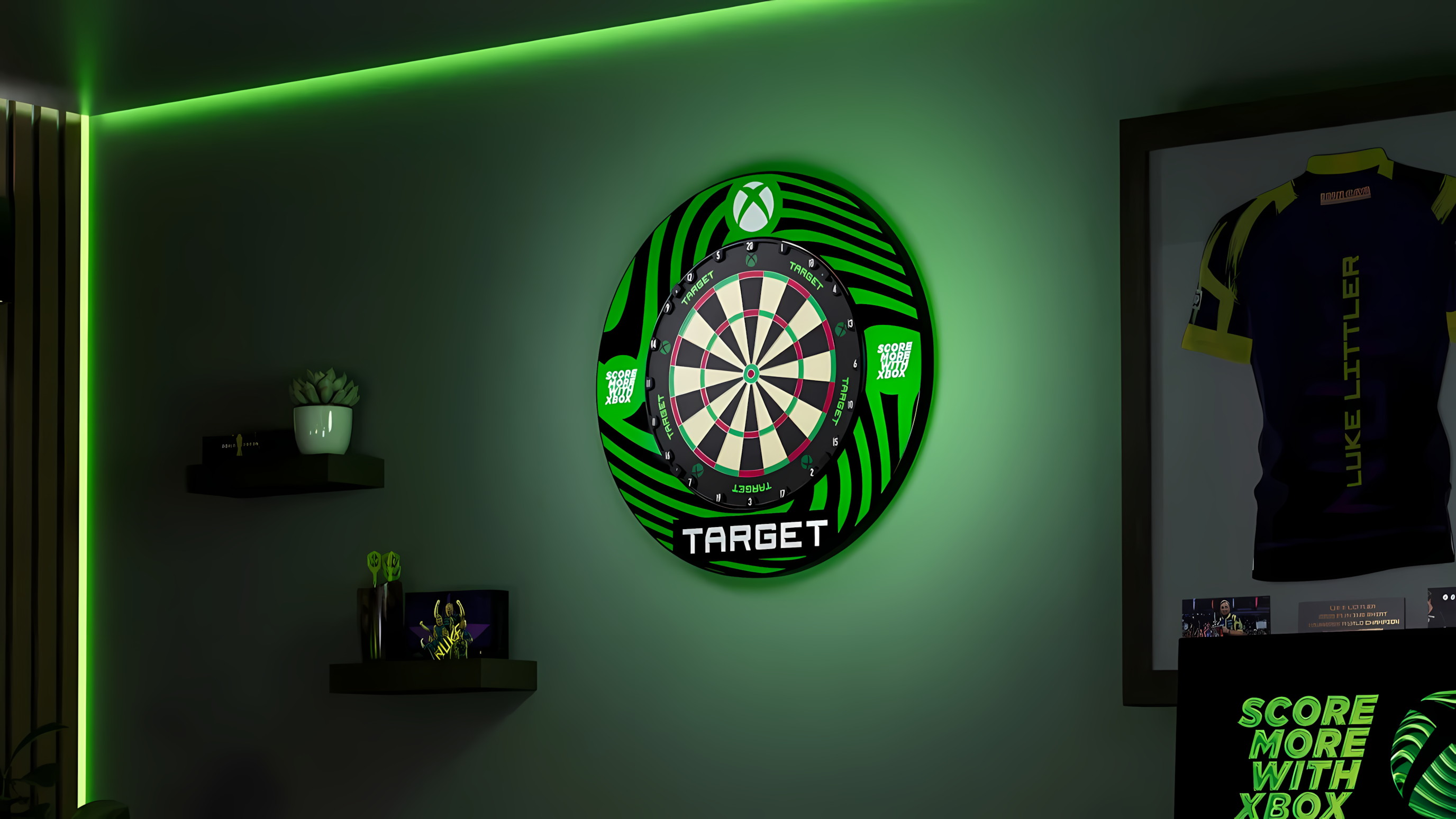Microsoft and the duo user Part IV: Microsoft's targeting consumers with Continuum
Microsoft's vast platform of software, services and devices is targeted toward both personal and professional productivity.
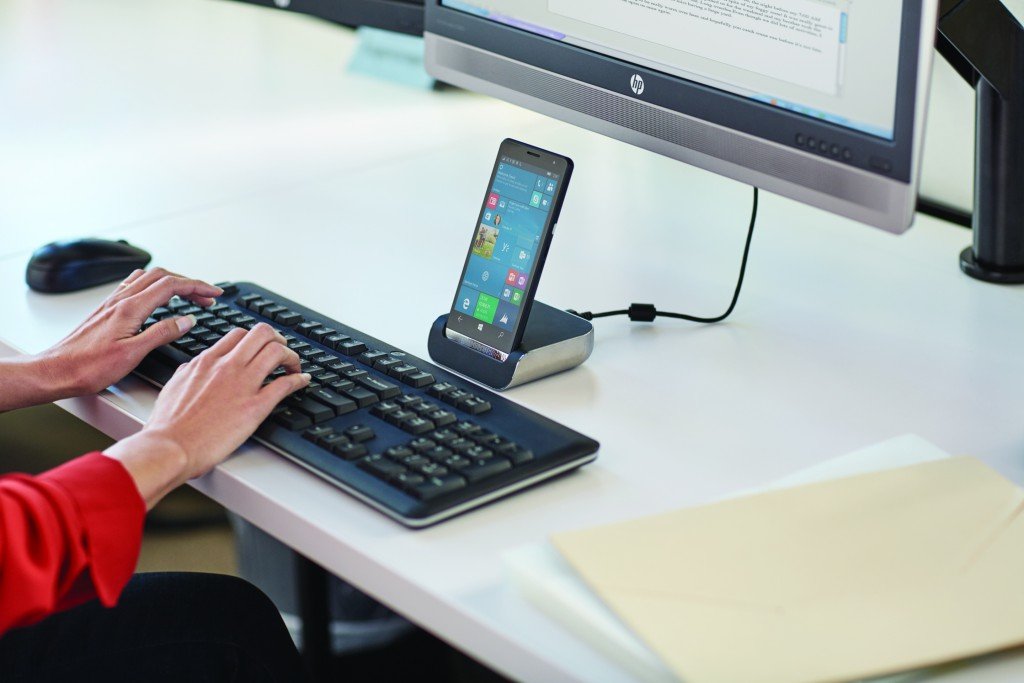
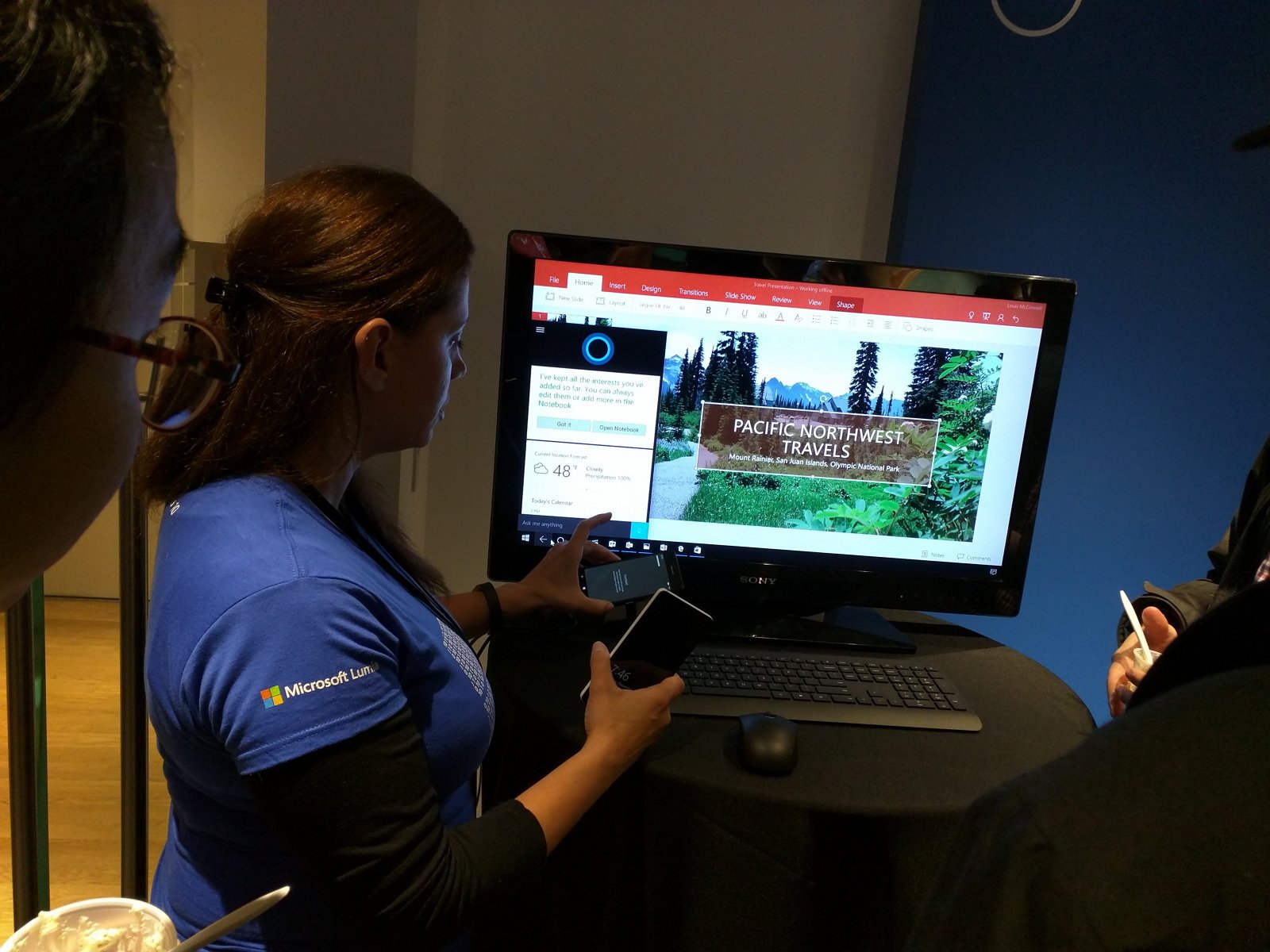
As we've seen in Parts I through III of this series Microsoft's duo user business philosophy is at the core of all that the firm does. In Part I we saw that the company's duo user approach is paving a path for Redmond's return to the consumer smartphone space. This return will presumably be in the form of an ecosystem supported ultra-mobile PC. In Part II we talked about Microsoft's duo user platform of tools and services being positioned for consumers while also targeting the enterprise, thus having a duo appeal.
Microsoft's duo user strategy is in all the firm does.
In Part III we saw how Microsoft is working to maintain its historic position with Windows as a de facto platform for personal and professional productivity. Microsoft intends to accomplish this by bringing the Unified Windows 10 Platform and the company's infrastructure of partnerships to the variety of personal computing devices we use today. That is, beyond the desktop PC where the firm enjoyed decades-long dominance of personal computing before the age of the Internet, the smartphone and other personal computing platforms.
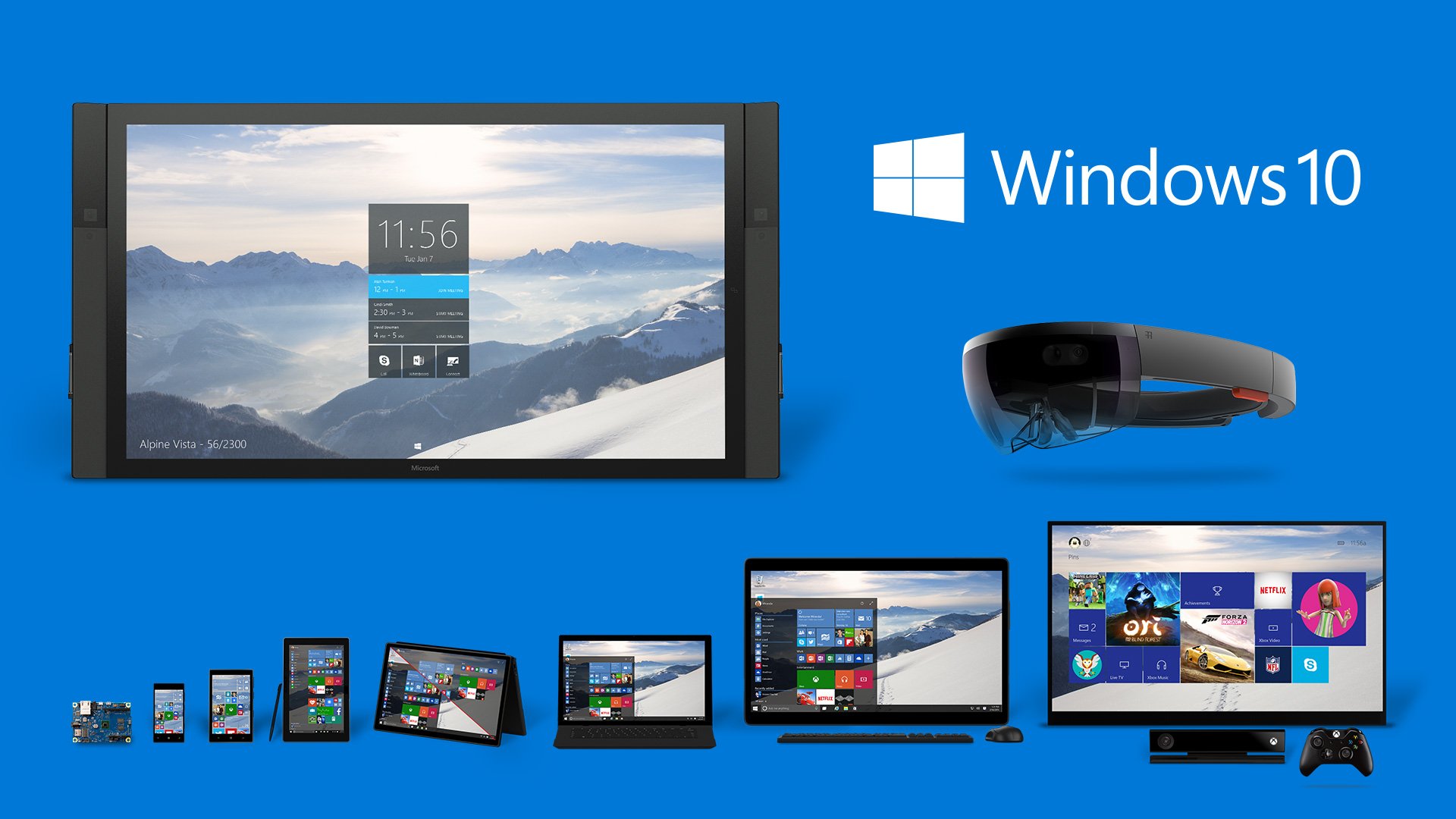
Microsoft's duo user approach is the means by which the firm provides a professional and personal computing ecosystem that serves the total individual. By way of a large software and services ecosystem and context-sensitive devices unified by a single Windows 10 platform, Microsoft is seeking to meet modern professional and personal computing needs. Satya Nadella said it this way{.nofollow}:
We will think of every user as a potential "dual user" – people who will use technology for their work or school and also deeply use it in their personal digital life.
Microsoft's software and services also, as we know, have great cross-platform appeal and reach. However, there are unique benefits inherent within the Windows ecosystem that can only be experienced on Windows 10 devices. Continuum, Microsoft's Windows feature that allows the OS and apps to conform to the context of Windows 10 hardware based on a user's needs, is Microsoft's key differentiator. And contrary to popular opinion the business sector is not Microsoft's sole target for Continuum.
Continuum is aimed at businesses and consumers.
Redmond is positioning Continuum, as it is its entire ecosystem, for the duo user, users with professional and personal productivity needs. Frankly speaking, that's pretty much all of us. So believe it or not, though it's still early in the game, Microsoft is building out Continuum for you.
Thinking outside of the enterprise box
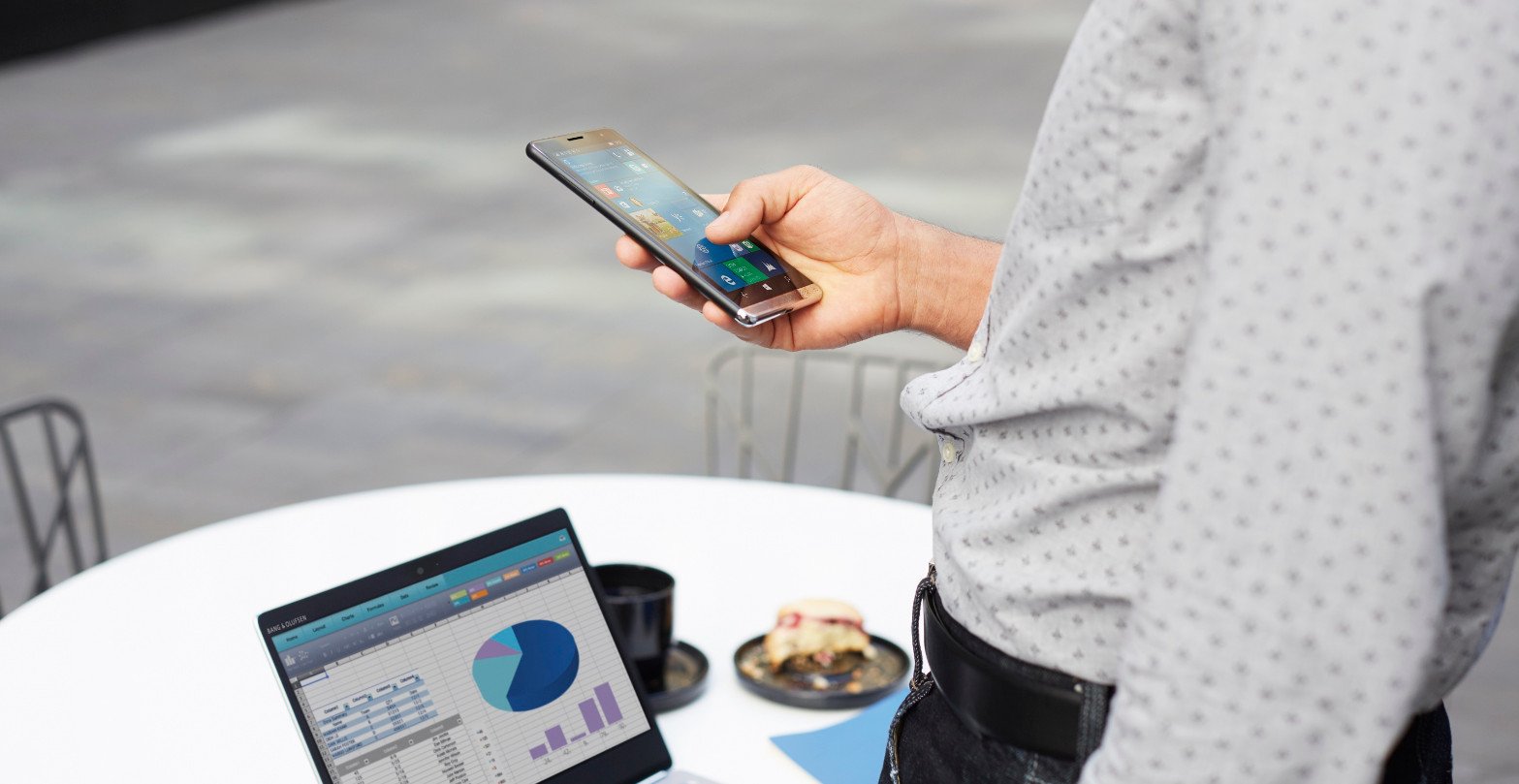
Microsoft built Windows 10 to be a far-reaching OS designed for a range of devices with the goal of being the ideal platform for personal and professional productivity. As such it carries with it a range of inherent features that equip the system toward that end. More to the point, Windows is the means by which Microsoft delivers its key differentiator, Continuum, to hardware.
Continuum provides users with the ability to transition hardware such as 2-in-1s and "phones" between personal and professional scenarios. Currently, no other platform offers in scope and depth what Microsoft does with Continuum on phone. Nadella articulated it this way: "I'm not trying to be another phone guy with the other person's rules. What is unique about our phones is this Continuum feature."
All the latest news, reviews, and guides for Windows and Xbox diehards.
What is unique about our phones is this Continuum feature.
Many users and readers have negatively commented on Continuum at this very early stage in its implementation. Microsoft, however, sees it as an evolving and major factor in how it will deliver on its dual user personal computing goals in the very near future. Nadella expressed:
If anything, we will want to continue to build that capability out…Just like how with Surface we were able to create a category. Three years ago most people would have said, "What is a two-in-one?" And now even Apple has a two-in-one. And so three years from now, I hope that people will look and say, "Oh wow, that's right, this is a phone that can also be a PC."
Nadella's statement above makes very clear that Continuum-powered phones, like the Surface, are meant to be a category creating device that appeals to the masses, not just the enterprise. Nadella furthers this point, by sharing how he sees emerging markets, (that will ideally be targeted by Microsoft partners), as an ideal target for Continuum enabled phones.
Take emerging markets. India for sure is a mobile-first country. But I don't think it will be a mobile-only country for all time. An emerging market will have more computing in their lives, not less computing, as there is more GDP and there is more need. As they grow, they will also want computers that grow from their phone. What's the most logical thing? I would claim it's a Continuum phone, which means that it can have other forms of input beyond touch.
With Microsoft's withdrawal from emerging markets like India and Brazil, the attainment of this goal will rest heavily on the participation of Redmond's manufacturing partners. Still, it makes clear the assertion that Microsoft has not lost sight of consumers. Continuum is both a professional, and in Microsoft's view of where personal computing is headed, consumer-facing Windows 10 feature.
Continuum's path to the mainstream
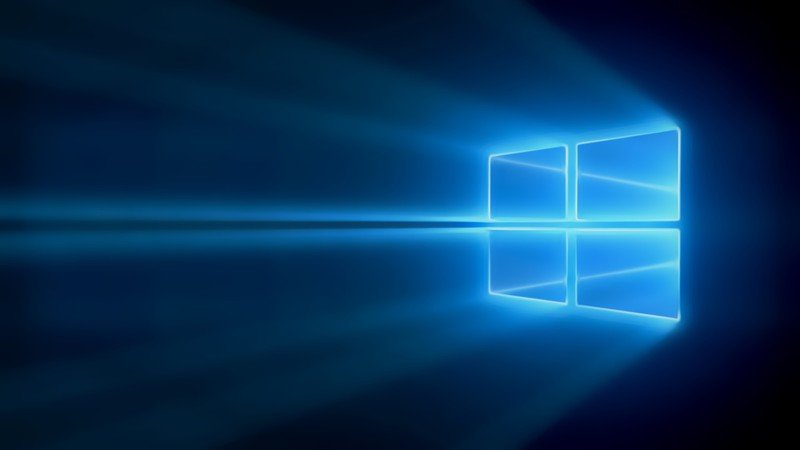
Admittedly we may be a couple of years away from a practical wide-spread and mainstream implementation of the necessary infrastructure to sustain Continuum. That said, a keen eye, a little vision and a bit of creative imagination may help those people who are stuck on the "Continuum just isn't practical" hump, to see a bit further than "Continuum" today. Imagination and innovation, after all, is what brought us the breakthrough technological advances many of us take for granted today.
Continuum is a professional and consumer facing Windows 10 feature.
If we look closely we can see, even in developed regions, the elements of the infrastructure necessary to support Continuum coming into play. With the Connect feature coming in the Windows 10 Anniversary Update, Continuum enabled "phones" will be able to connect to any Windows 10 desktop PC, laptop or 2-in-1 and I imagine even, as a wearable Windows 10 PC, HoloLens.
Moreover, Microsoft will be introducing a new Windows 10 living room-destined Surface All-in-One into the mix. Additionally, the Surface Hub at a cost from $8,999 to $21,999 has even seen above expected demand.
This range of Windows 10 devices and the goal of moving the bulk of the 1.5 billion PC install base to Windows 10, unveils an evolving ecosystem of Windows 10 PCs (of varying forms and diverse locations) as potential "dumb" terminals for a Continuum-enabled phone.
Dumb terminals everywhere
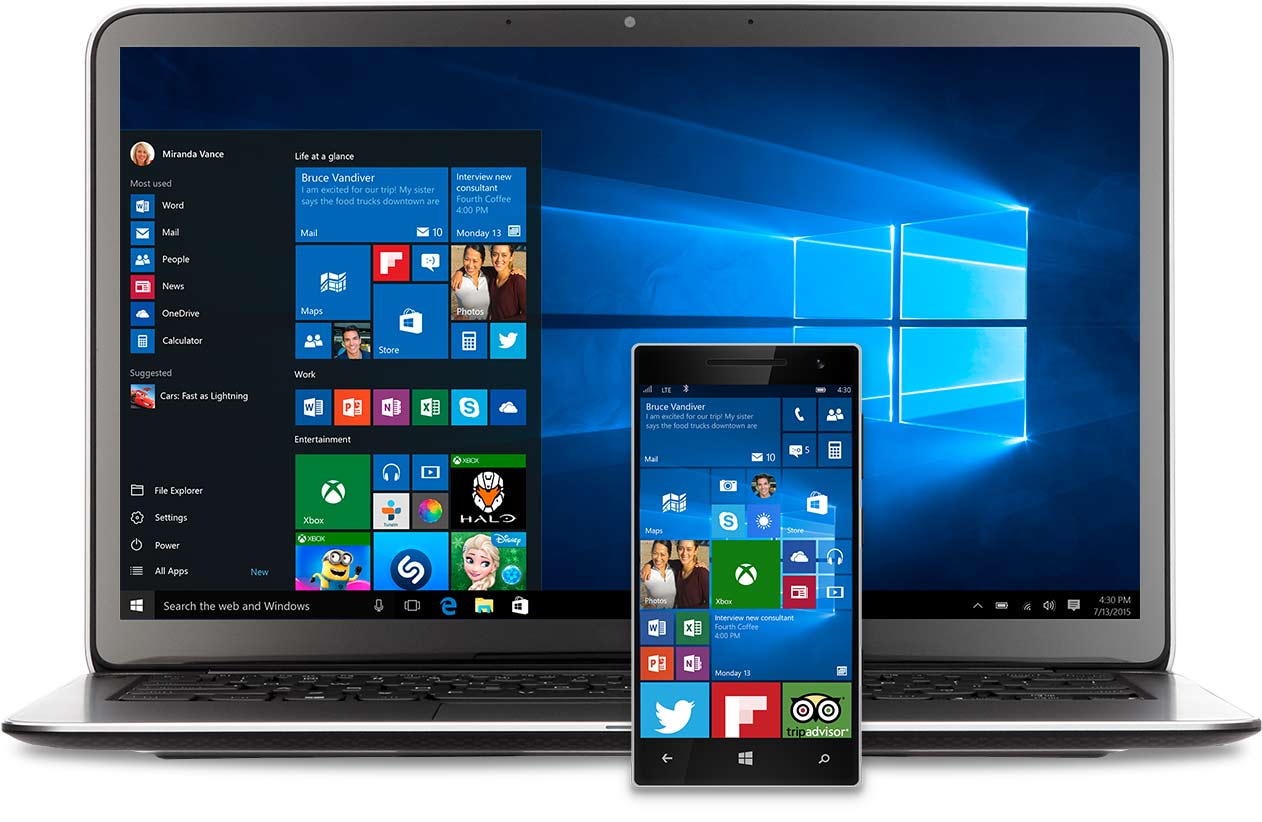
Using your "phone" as a secure PC, connected to any Windows 10 PC anywhere, reveals a practical and efficient infrastructure for this much maligned Windows 10 Mobile feature.
Connect allows Continuum-enabled phones to use Windows 10 PCs as secure dumb terminals.
Many skeptics have voiced what they perceived to be physical limitations of Continuum by stressing, sometimes sarcastically, a requirement to carry a monitor, keyboard and mouse in order to benefit from the feature. With Microsoft's goal of turning nearly one billion Windows PCs in library's, homes, businesses, schools, hotels, everywhere, into "dumb terminals" for Windows "phones" through Connect, a much broader, pervasive and practical strategy emerges.
I can envision users using Continuum on a friends living-room-positioned Surface All-in-One, or Surface-like 2-in-1, or in a library, school or at a "touch down" space in a business office and more. Joe Belfiore shared this vision of Continuum:
With Continuum for phones we believe any screen can be your PC. Imagine that your company has a touchdown space where anyone can connect their tablet, or their phone, to keyboards mice and screens and then use their apps with their data and the full power of a keyboard and mouse, or imagine you're on vacation and your hotel room can become a theater where you connect your phone to the screen, you let your kids watch a movie, while you use the second screen to catch up on your email. Imagine the effect this can have on mobile-first countries, where individuals could be as productive with the phone that they're buying if they can't buy a full PC.
Of course, this more "ambient" infrastructure of Windows 10 PCs with Connect, touchdown spaces in company locations and monitors in diverse locations is also complemented by the direct packaging of peripherals, by the likes of traditional PC manufacturers who are embracing Windows phone. HP's packaging of the Lap Dock for the Elite x3 and the inclusion of a keyboard and mouse with Acer's Jade Primo help to support the Continuum experience.
Secure is as secure does

There are many scenarios where a desktop experience is preferable to that of a smartphone's. However, users are often reluctant to input their credentials such as passwords on a public PC or someone else's computer.
A continuum enabled phone which allows a secure connection to a Windows 10 PC while keeping the session in the trusted environment of the user's phone is the solution to such a scenario. Microsoft's Liz Threlkeld demonstrates this point at BUILD 2016 as seen beginning at the 6:34 mark in the video below:.
Moreover, though much our digital information is in the Cloud, many users keep files and documents on their smartphones as well. And of course certain apps on the smartphone may contain unique or personal information accessible only through that app. Carrying sensitive information in these "pocket PCs," we call phones is becoming the norm. Accessing and manipulating it in the less than ideal 5-inch, finger-navigated context of the cell phone is also a "less than efficient" common occurrence. Sometimes a desktop is simply better. This scenario where data is local to the device but a desktop experience is preferable is also an example where Continuum is useful. Of course, a secure connection to a Windows 10 PC via Connect, is of little comfort if the "phone" itself is not secure.
Windows 10 Mobile is designed for security.
As our smartphones have become the primary portal to our personal and sensitive digital experiences security is becoming more of a central theme. With virus concerns on Android phones and compromised iCloud accounts the smartphone using population has a growing awareness and concern for mobile security. Windows 10 Mobile is designed for security. Microsoft's attention to and growing reputation in security due in part to its enterprise-focused mobile efforts are equipping the Windows 10 Mobile platform with the necessary protections that the duo user will and does demand. Chris Capossela said it this way:
We know business customers want a very, very secure phone that's incredibly good at calendar management, at e-mail, at productivity, and Skype for Business, et cetera…
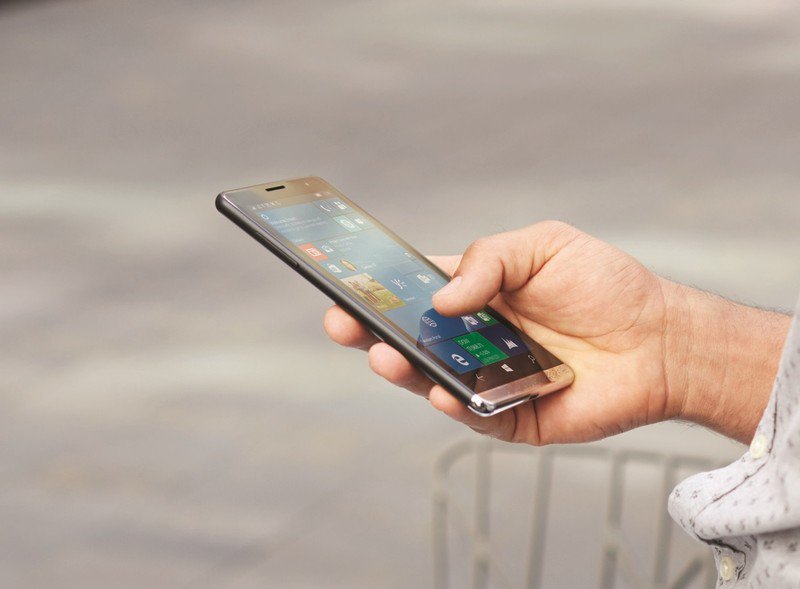
Microsoft is aware that the smartphone-as-a-hub for personal computing phenomenon has created a greater need for mobile security. A careful review of the company's communications regarding the firm's goals for enterprise customers reveals Microsoft's acknowledgment that consumers also want highly secure phones:
We'll continue to adapt Windows 10 for small screens. We'll continue to invest in key areas – security, management, and Continuum capabilities – that we know are important to commercial accounts and to consumers who want greater productivity.
It is important to note here that Microsoft's vision for productivity "goes well beyond documents, spreadsheets and slides", Per Nadella. He continues with:
We will reinvent productivity for people who are swimming in a growing sea of devices, apps, data and social networks. We will build the solutions that address the productivity needs of groups and entire organizations as well as individuals by putting them at the center of their computing experiences. We will shift the meaning of productivity beyond solely producing something to include empowering people with new insights.
It is evident from the above statements that Microsoft is targeting both businesses and consumers with a secure, Continuum-powered mobile experience in line with its duo user philosophy for professional and personal productivity.
Path to success

As we shared in part one, Microsoft's path back to the smartphone consumer will be a slow, methodic trek through the enterprise, the broader Windows 10 ecosystem and manufacturing partners. The trek through the enterprise will, in my estimation, help the company build a strategically favorable reputation for security as it executes its duo user strategy. As consumer's digital experiences continue their mobile evolution, a platform "known for security" (such as the position Blackberry once occupied) may give Microsoft's Continuum-powered devices greater mass appeal.
Naturally, as the infrastructure, ecosystem and technology mature, Continuum-enabled first-party and partner "phones" that can become a PC, may hold great appeal to the duo user. These devices will be supported by Microsoft's respected ecosystem of software, services and the collective weight and synergy of the Windows 10 platform.
Microsoft's OEM partners are key to bringing Continuum-powered phones to the masses.
Furthermore, as a platform company, Microsoft's Bot Framework, a platform play for the next generation of intelligent apps and Windows as an app development platform with Xamarin may be the answer to the app problem, that is likely on your minds. Moreover, with Microsoft's withdrawal from various markets and their execution of the Surface strategy partnerships, a forte for the company in the PC space, are increasingly critical.
We've heard repeatedly in recent months that Microsoft has given up on the consumer and has retreated to the enterprise. This assertion is only superficially true as first-party phone hardware is not currently, during retrenchment, being aggressively marketed to consumers. The software that is at the core of Microsoft's duo-user approach and the full range of Windows 10, however, is designed for and continually evolving toward the duo -professional and personal - user.
The range of hardware designed to complement that software core and to inspire OEM partners, including phone, is doing the same. Additionally, whereas Microsoft has, during its retrenchment, focused phone hardware toward the enterprise and Windows fans, manufacturing partners are in no wise bound by those constraints.
This can work
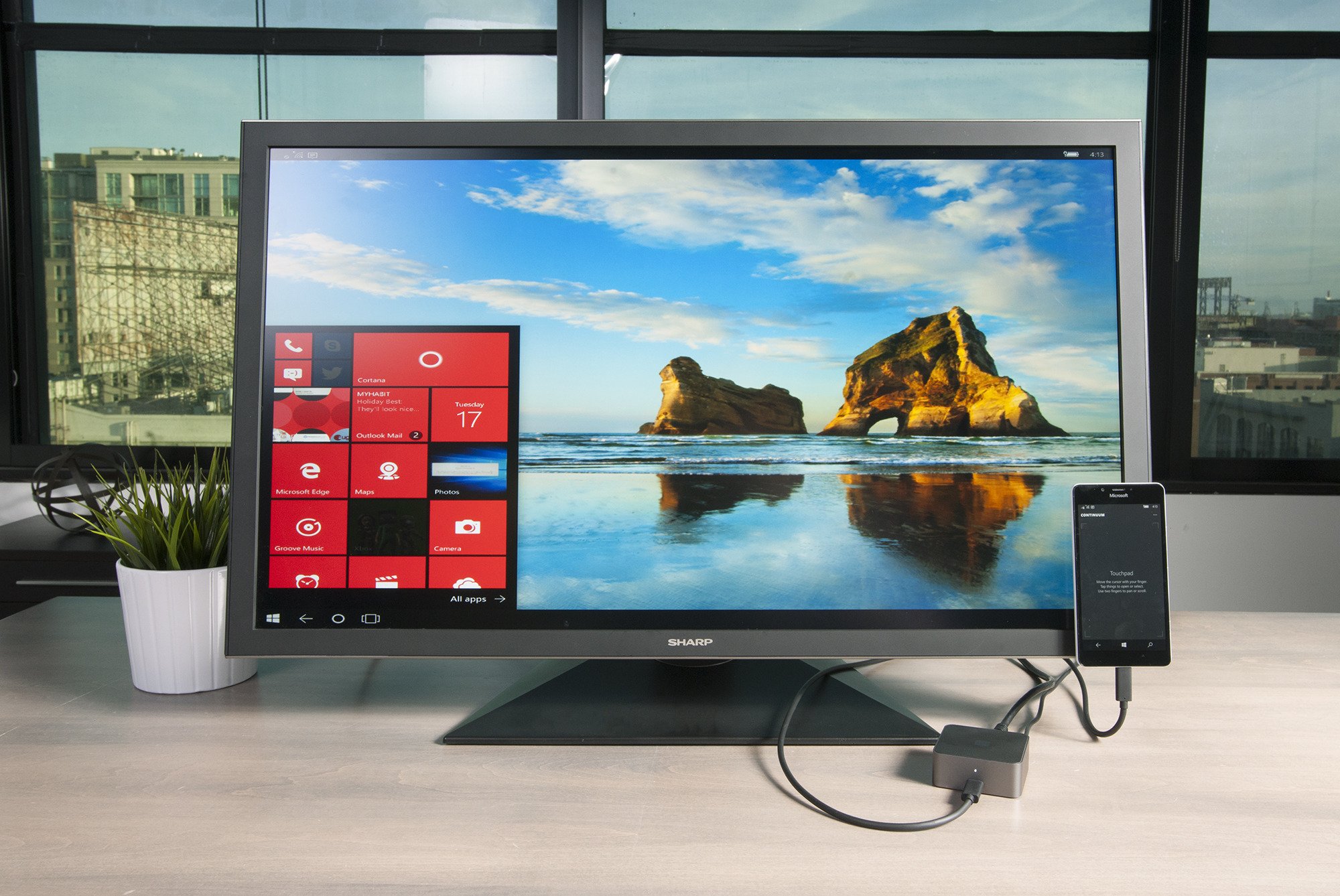
As we see Microsoft's duo user strategy for Continuum unfolding, we can't help but envision possible marketing opportunities Redmond or partners may embrace for Continuum-enabled "phones." As I have consistently asserted I believe that Microsoft will be positioning the anticipated "Surface Phone" as an ultra-mobile PC positioned on the third tier of the Surface line. As the Surface Book is a laptop and digital clipboard and the Surface is a tablet and a laptop, the Surface phone will be an ink-focused digital notepad, that can become your PC via Continuum and replace your tablet.
Each of these devices, as seen in the Surface's success in inspiring an industry embrace of 2-in-1s, is meant to be aspirational. As such I can envision OEM partners, including traditional PC partners, embracing this "new type of PC" and marketing it to various sectors based on the OEMs strengths. Students on shoe-string budgets who need a PC and a phone may be a targeted demographic for a Continuum powered "phone" or "ultramobile PC", for instance.
Also since Continuum is a platform-wide feature of Windows 10, third-party accessory support, can also be expected. Continuum hubs to help connect Windows phones to a monitor or laptop-like docks, akin to HP's Elite x3's peripheral can be anticipated accessories to build the support infrastructure for Continuum.
Is there competition?
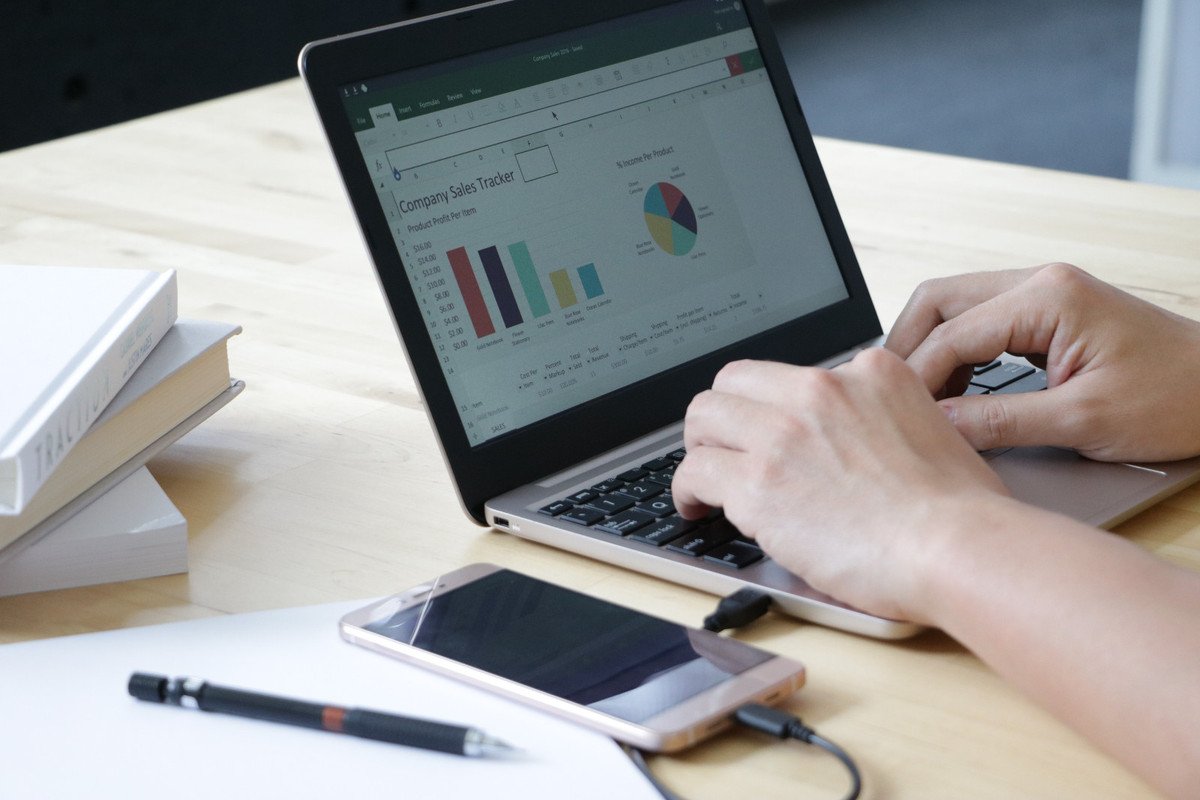
Of course, Microsoft is not the only game in town. An Android-based Kickstarter solution called Superbook uses an app to connect an Android smartphone to a mobile laptop-like shell, not unlike HP's Lap Dock to provide a smartphone powered desktop experience. The individual heading this endeavor is an ex-Google employee who reports that Google rejected the idea.
This solution is app based and is not a core attribute of the Android OS like Continuum is to Windows. Nor is the phone able to connect wirelessly or run independently as a second screen when connected.
Finally, the device is limited to connecting to the provided dock, whereas a Windows phone can connect to monitors, proprietary and third-party docks and with the Anniversary Update any Windows 10 PC. Enough said.
Well actually no. At last check, the Superbook Kickstarter campaign had raised $706,129. This figure is well over the $50,000 goal. Somebody wants this to happen. And given that Android is the dominant mobile personal computing platform who knows where this, or a similar solution may lead.
This point leads us briefly to Google. Mountain View has recently brought Android apps to Chromebooks. Is a Continuum-like solution in the works? Food for thought.
Wrap Up
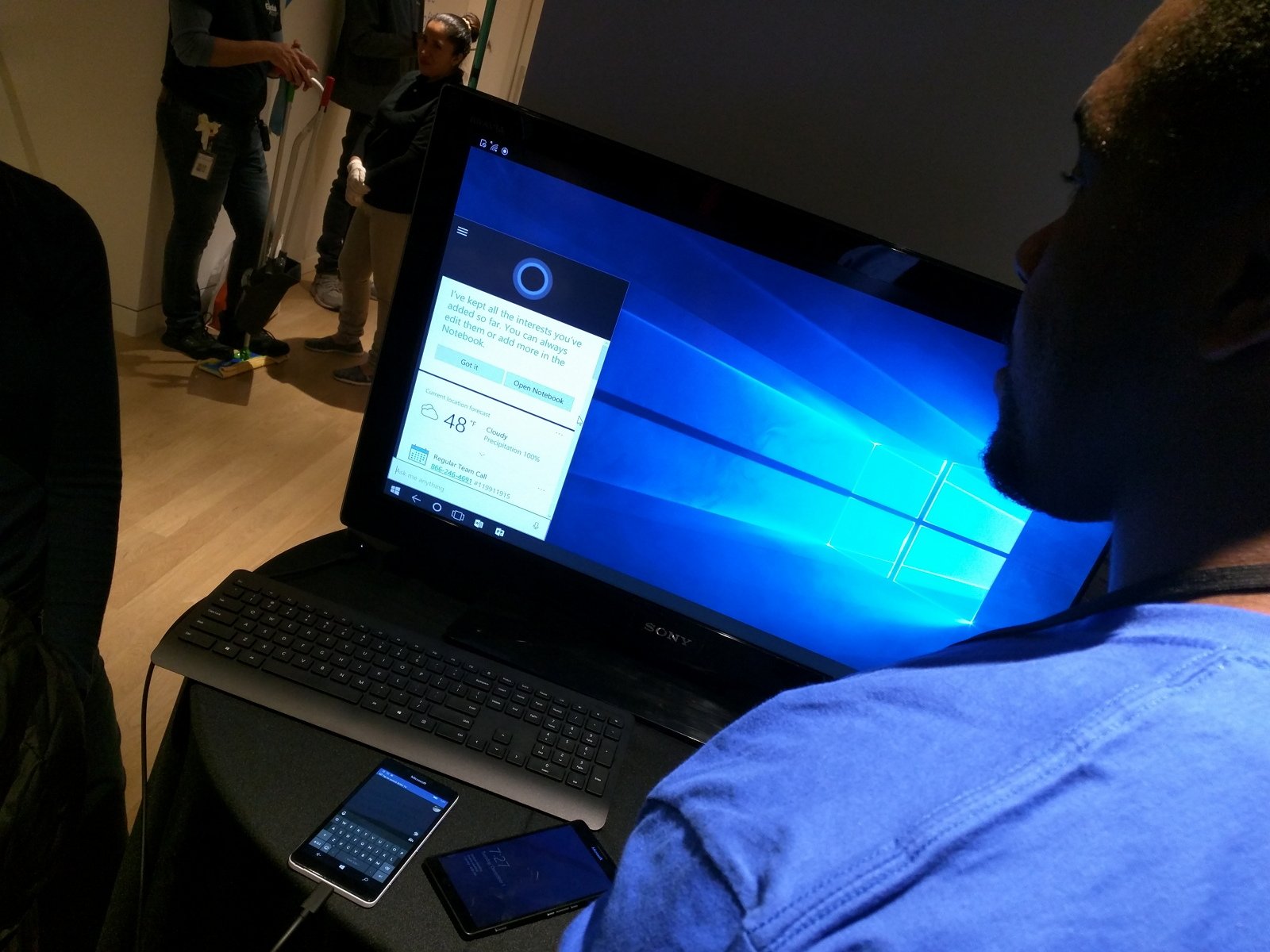
For those of you who are still doubting that Microsoft is targeting both the enterprise and consumers with Continuum due to its current and very early implementation and the limited support infrastructure you may see, consider this:
When a child begins learning math in kindergarten and elementary school it is with the anticipation that by the end of 12th grade they will have learned calculous, trigonometry and algebra. An objective observer does not look at that child who may be struggling with basic addition and proclaim that the long-term goal of learning more complex math is out of reach.
The child is just beginning and the basis is just being laid. The same is true of the infrastructure for a Continuum powered "phone." The foundation of a world permeated with Windows 10 "dumb terminals" is upon us. Partners who will include peripherals with their Windows 10 phones are here and third party accessory support, such as the NexDock lapdock, is within view.
This is only the beginning.
It is clear that the duo user professional and consumer strategy Microsoft applies to other aspects of its business is applied to Continuum. Microsoft is targeting consumers, not just enterprise with this Windows 10 platform feature. That said, I'm sure many industry watchers are eager to see what type of first-party Continuum-powered "phone" Microsoft will launch in 2017.
Will the combination of strong software and hardware synergy in a category-defining new "Surface Phone" (ultra-mobile PC) with the support of Microsoft's OEM partners and "Surface phone-inspired" devices help Microsoft gain much-needed market share and developer support? Will Microsoft's duo-user approach pan out? Let's hear your thoughts?
And if you've missed any part of this series what are you waiting for? Catch up here!:

Jason L Ward is a Former Columnist at Windows Central. He provided a unique big picture analysis of the complex world of Microsoft. Jason takes the small clues and gives you an insightful big picture perspective through storytelling that you won't find *anywhere* else. Seriously, this dude thinks outside the box. Follow him on Twitter at @JLTechWord. He's doing the "write" thing!
